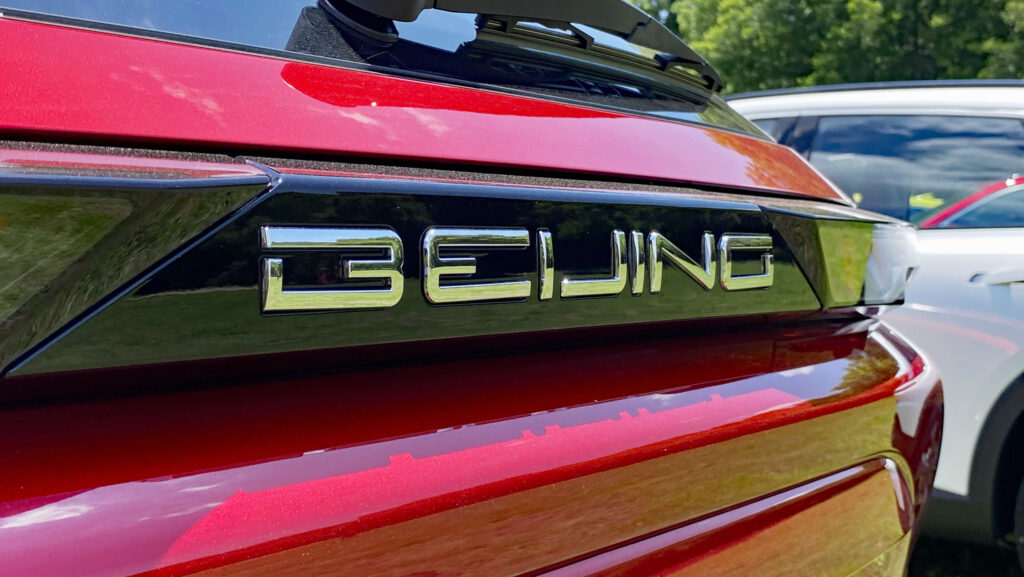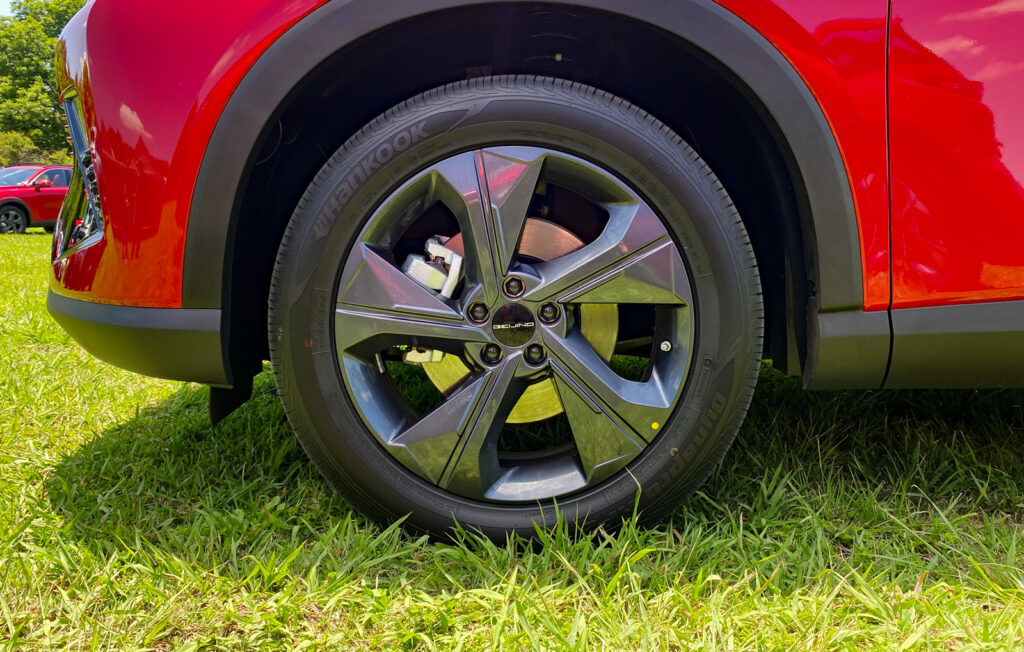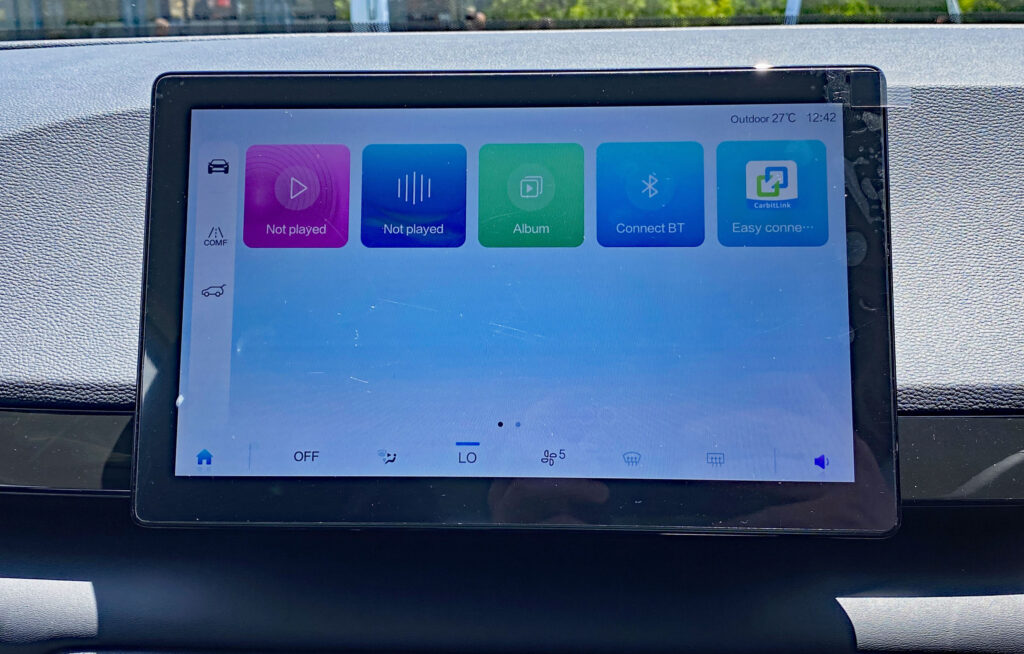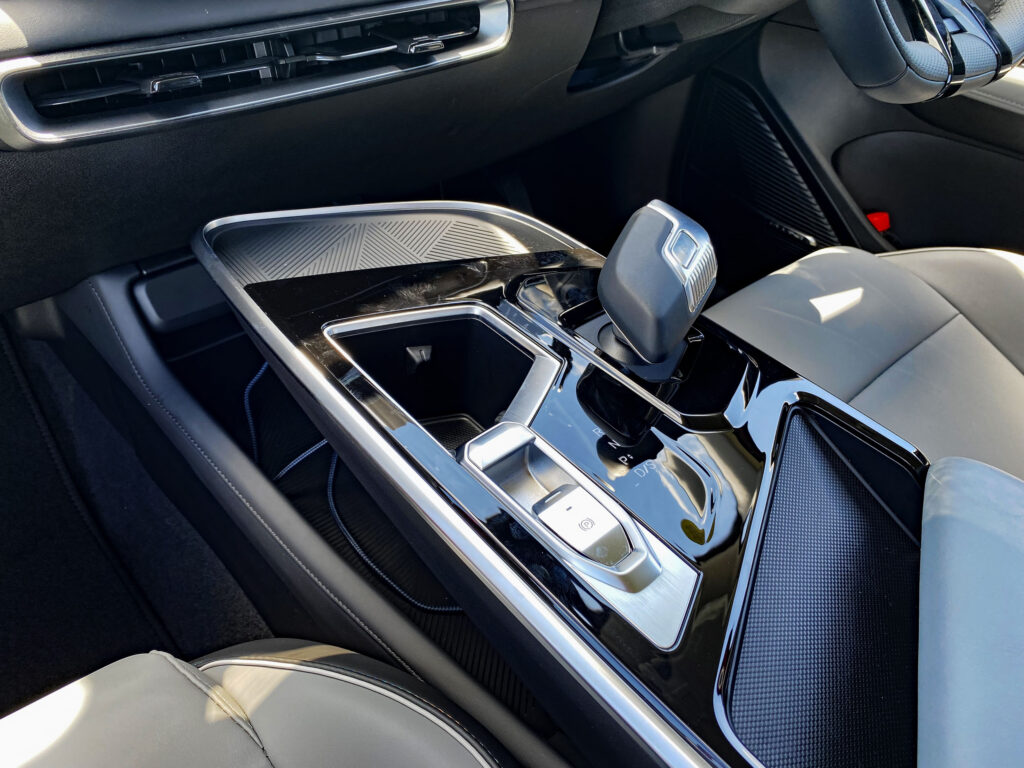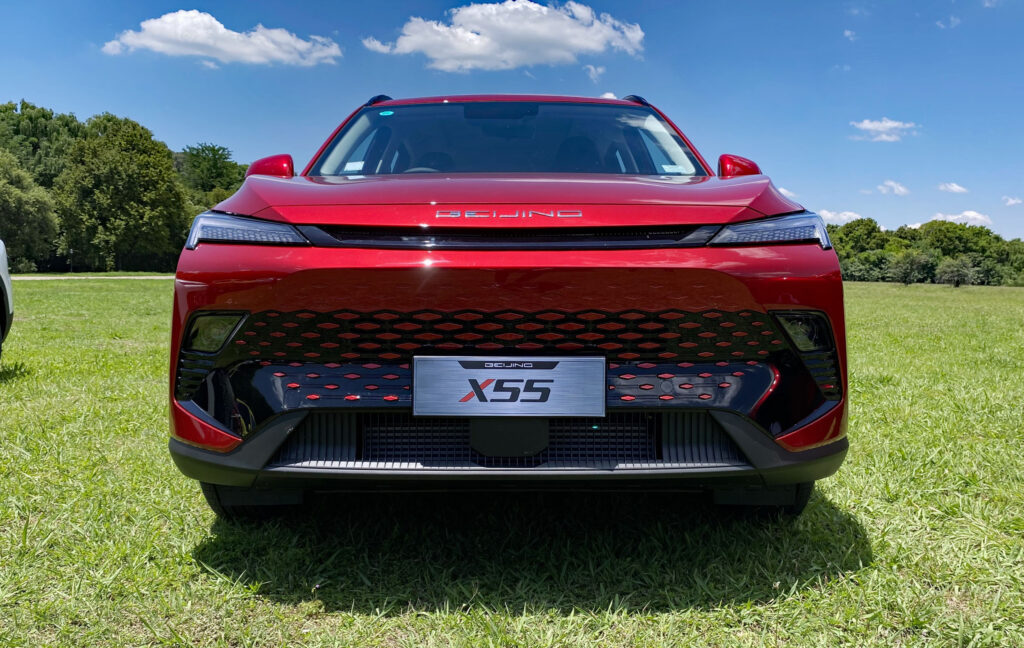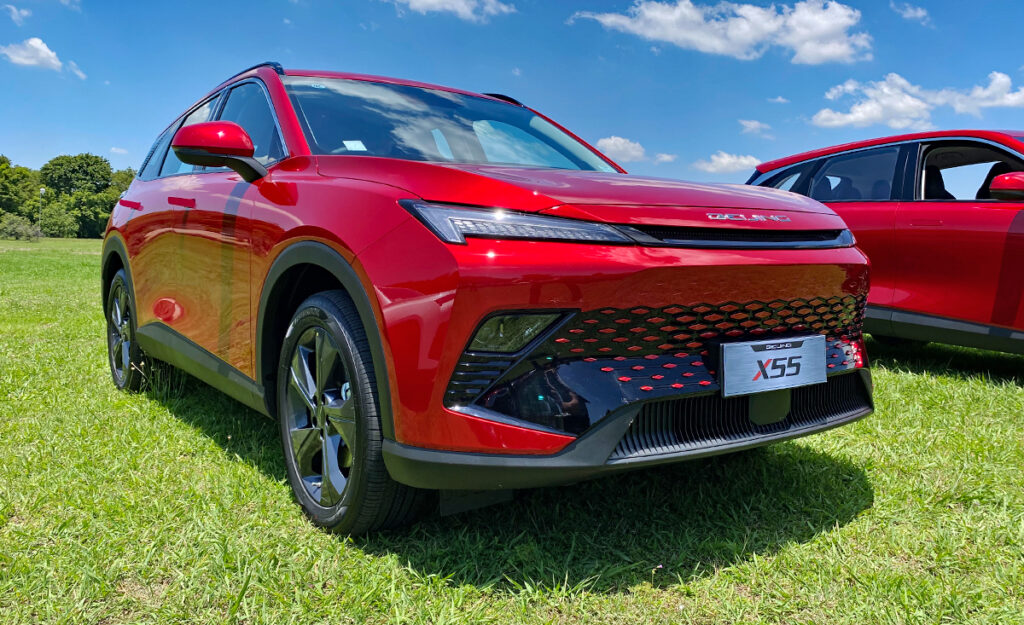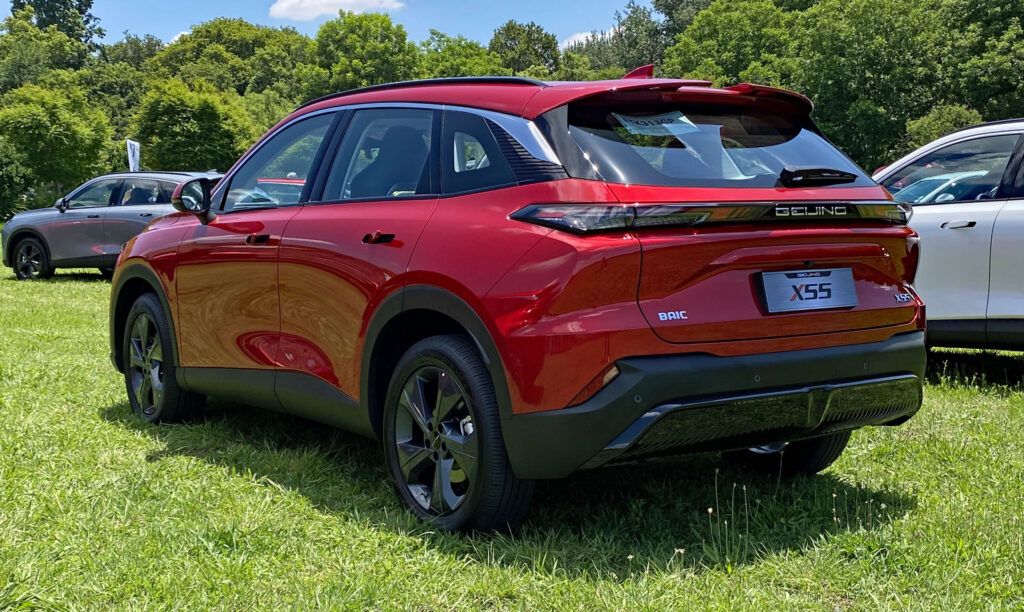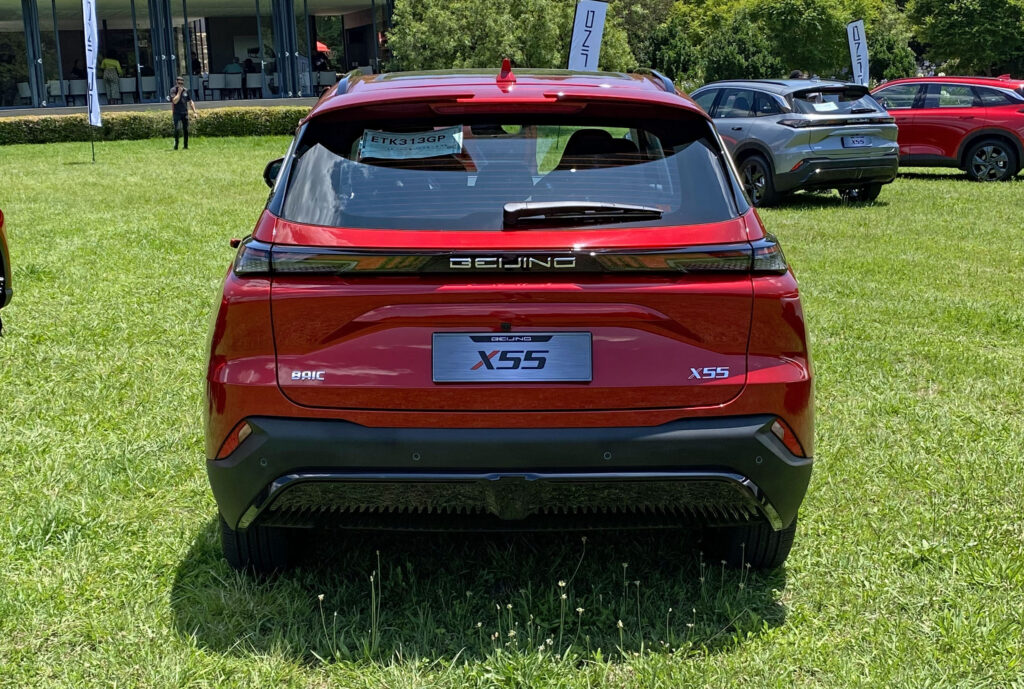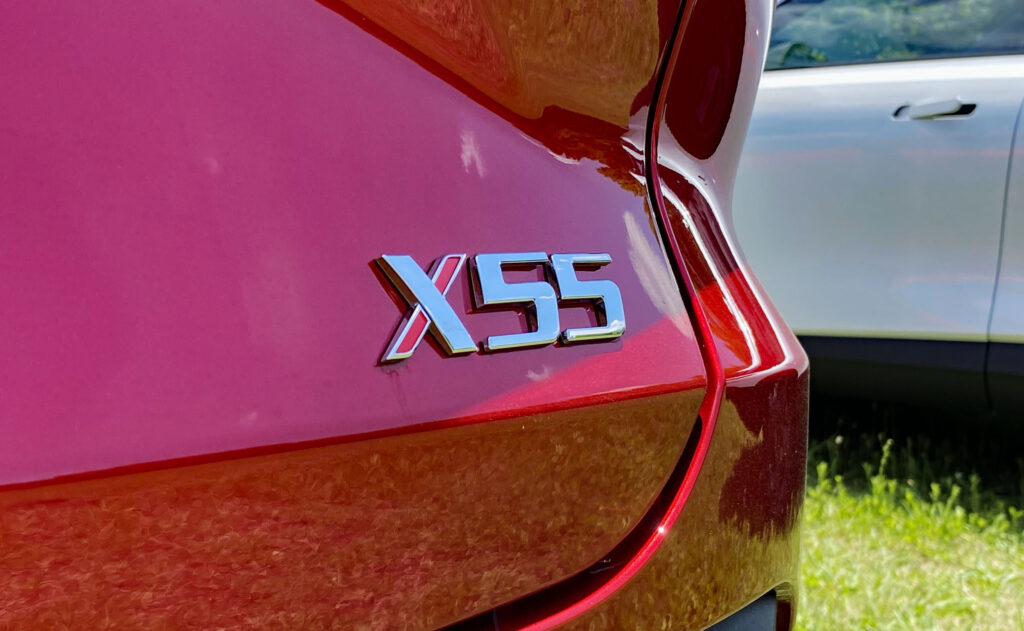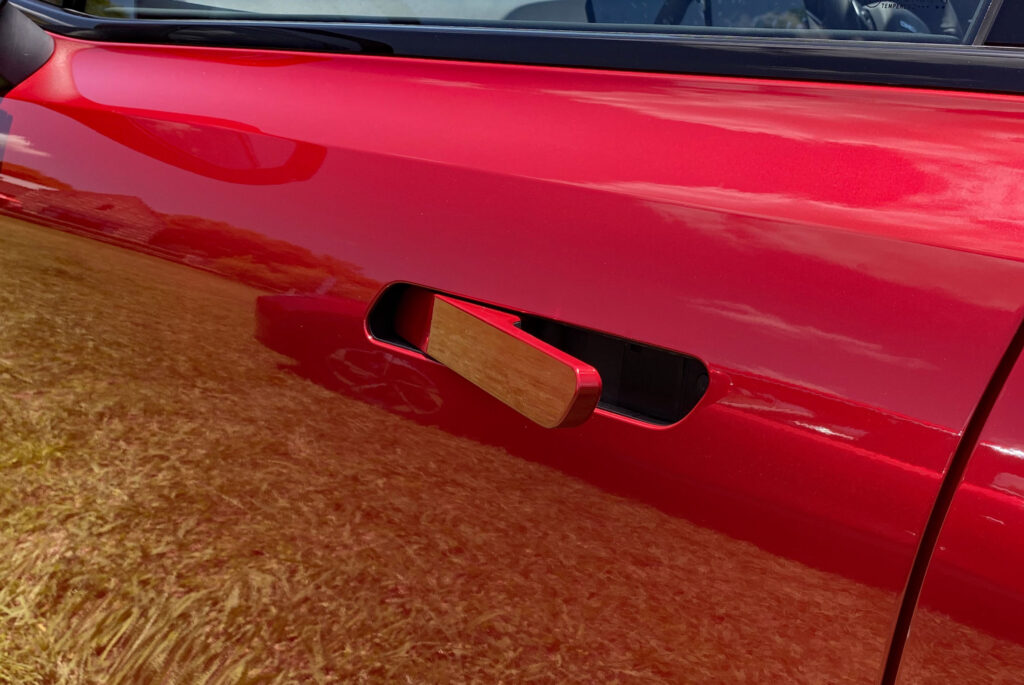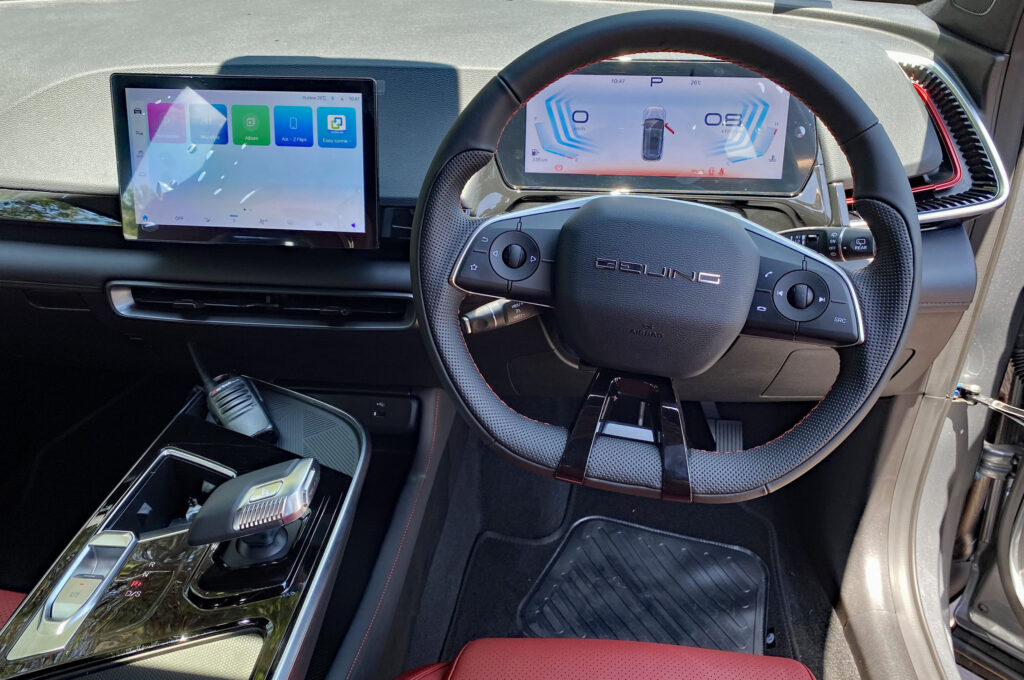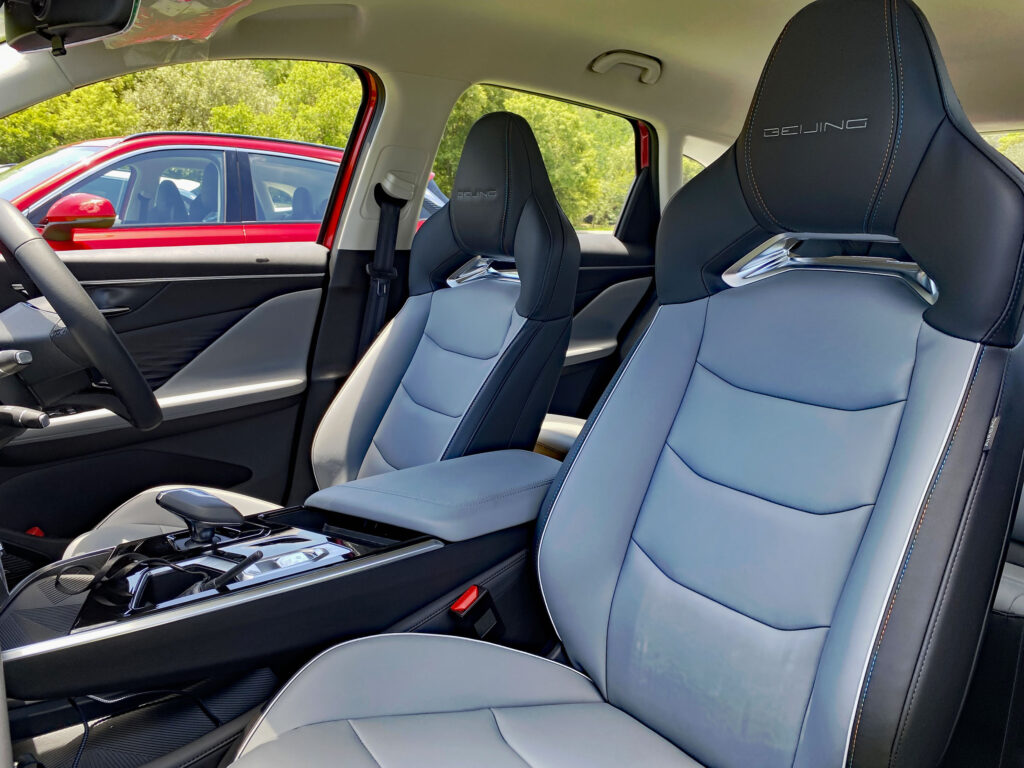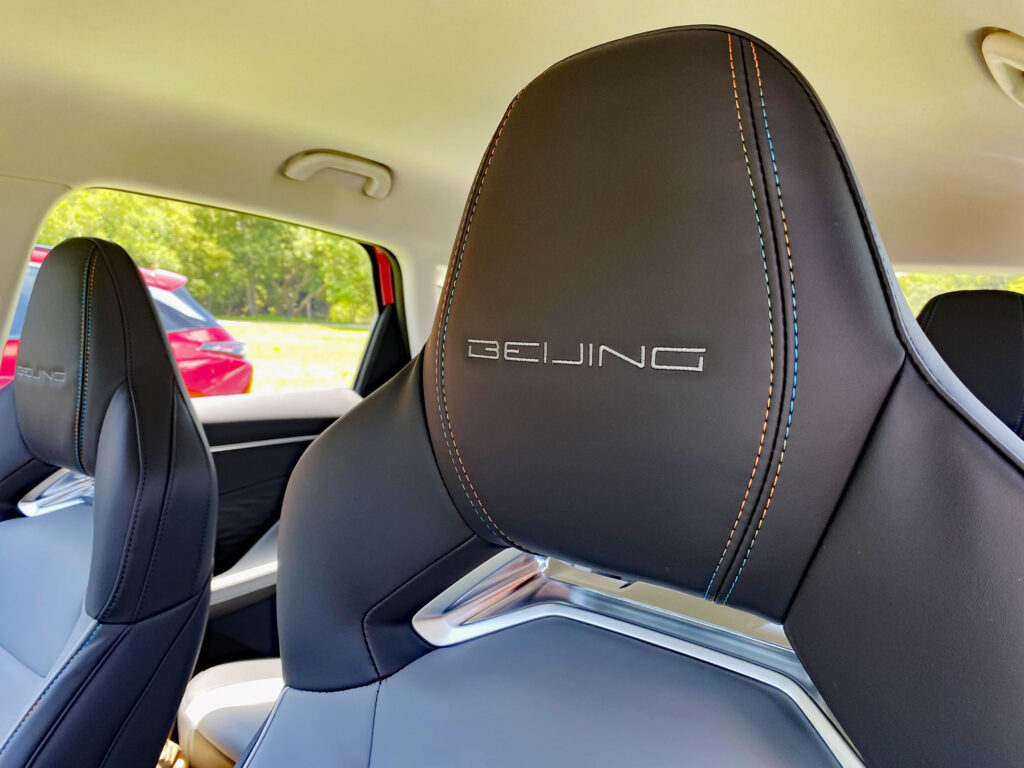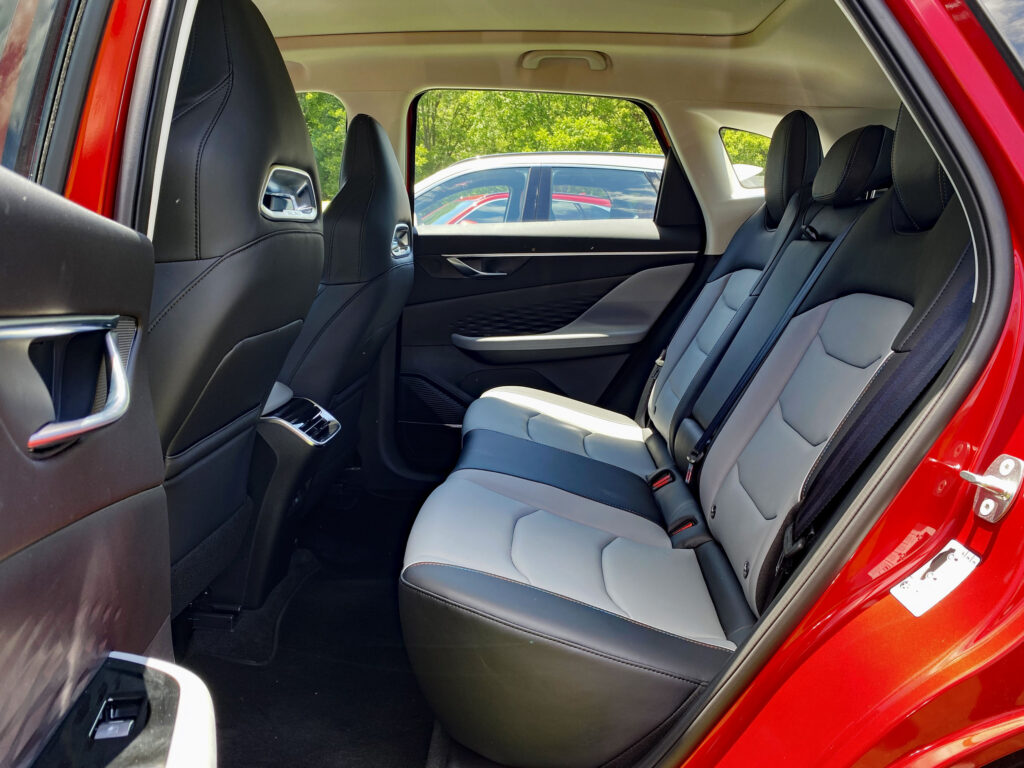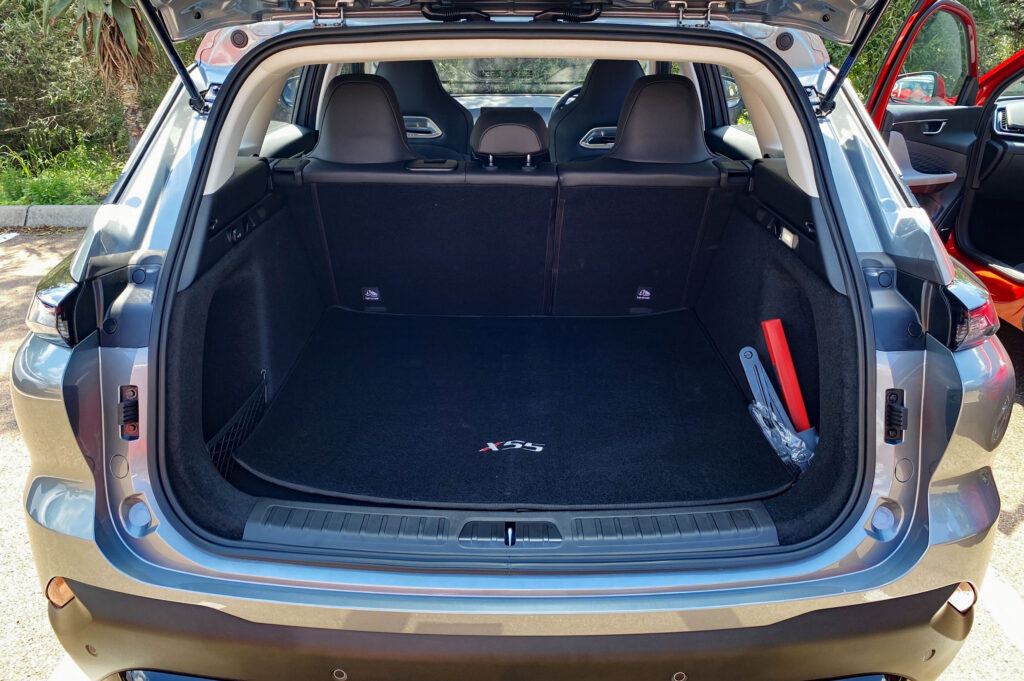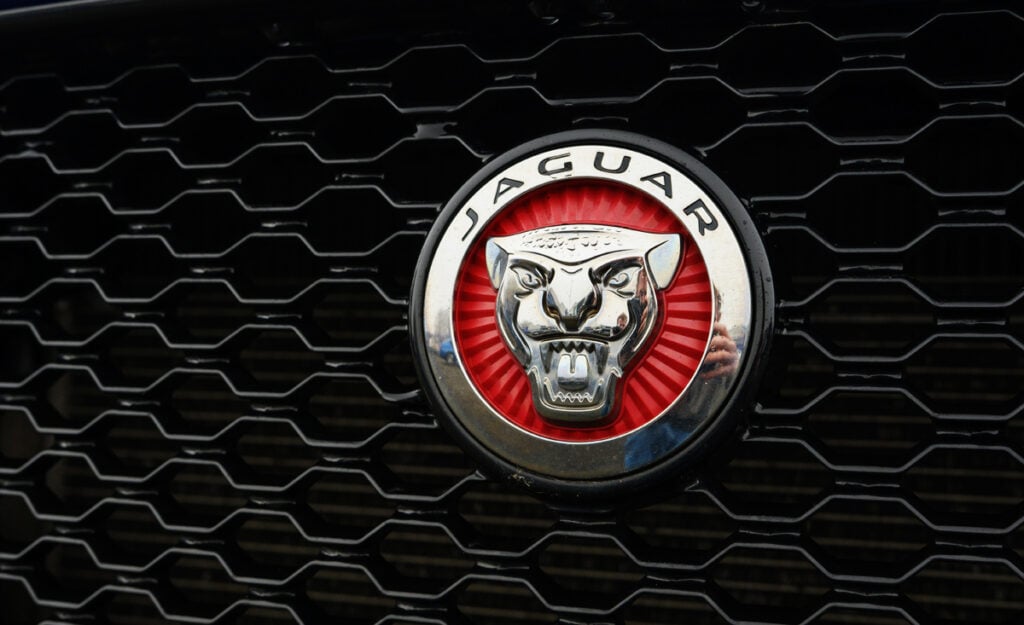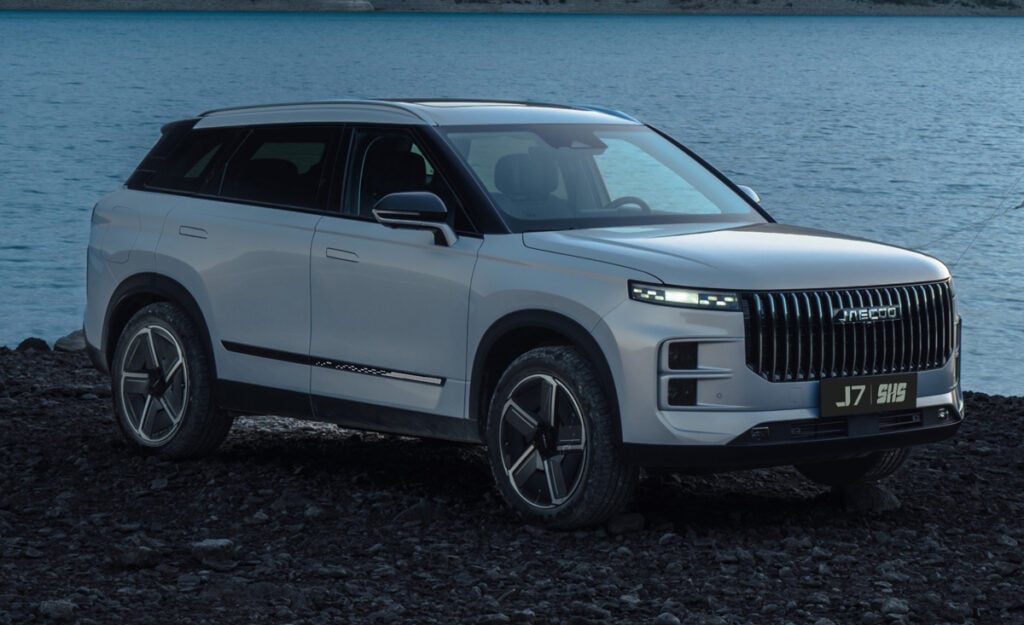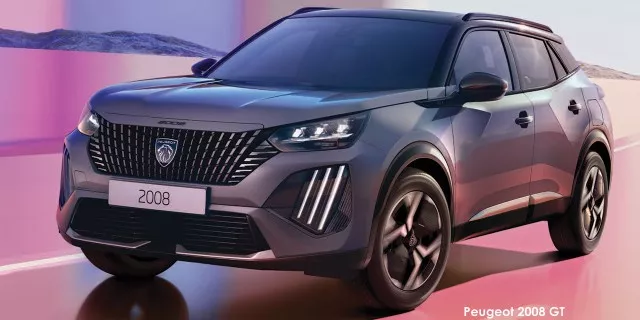First drive in the new BAIC Beijing X55 in South Africa

The BAIC Beijing X55 has reached South Africa’s roads, an all-new car from an all-new brand priced to compete in a challenging market.
Starting from R394,900 going up to R454,900, the newcomer aims to take on SUVs that are much pricier and by the looks of its spec sheet alone, it might have a decent chance at seizing a respectable chunk of market share.
We had the opportunity to spend a few hours in the driver’s seat of all three models, the Dynamic, Elite, and Premium, and were taken aback at everything they offer.
The looks
From the bottom to the top-spec trim, the X55 leaves a good first impression in the sense that it has an out-of-the-box stylish design, it does not skimp on features, and they all look nearly identical
A traditional grille is absent in favour of a fading honeycomb-patterned panel sitting under thin LED headlights, and the rectangular shapes and straight lines of the body are complemented by flush door handles, altogether making for a decidedly unique design that turned a noticeable number of heads during our test drive.
This treatment is continued inside the cabin as each derivative is equipped with artificial leather seats in various colour combinations except for the Premium, which gets real leather, and each model sports the same two control displays.
The benefit of this standardisation is that buyers who can only get the entry-level model but still want something good to look at don’t have to compromise or stretch their budgets too thin.
Luckily, those who shell out for the pricier Elite or Premium will still stand out with the fitment of a 0.81m² sunroof and larger 19-inch alloy wheels in gunmetal, as opposed to the two-tone 18-inch rims on the Dynamic.
The tech
Where the various X55 siblings are separated is with tech, and there’s a lot of it.
Buyers are spoiled with a 10.1-inch infotainment screen next to a 10.25-inch digital driver’s cluster with three visual themes, keyless entry and start, cruise control, rain-sensing wipers, automatic LED lights, a four-way adjustable multifunction steering wheel, a rear-view camera, rear parking sensors, hill-start assist, and hill-descent control.
Moreover, dual-zone manual airconditioning is standard but it must be adjusted via the central screen as there are no dedicated physical controls, which can be a hassle when you’re trying to tap on small buttons while driving over anything but completely smooth tar.
Another thing worth noting is that the Beijing does not support the better-known Apple CarPlay or Android Auto, though it is capable of smartphone mirroring via the CarbitLink app that is available for both iOS and Android.
In terms of cabin design, loosely-accurate comparisons to Tesla were thrown around with the simplistic front fascia featuring little else but the two operating displays and airvents.
The sporty seats were a highlight for their comfort and looks, and six-way adjustment on each model – manual in the Dynamic and electronic in the rest – allows one to find a suitable seating position with ease.
To the touch, the materials seem premium and there are no large panel gaps or irritating noises to write home about, and the leather-wrapped steering wheel could just as well have come out of something more than double the price.
The cabin is also cleverly designed to offer plenty of storage space without the things that you’re storing there sliding around.
The drive
The X55’s powertrain consists of a 1.5-litre, turbo-petrol engine and a seven-speed, dual-clutch gearbox pulling the front axle.
The configuration generates 130kW and 305Nm putting the BAIC in the upper echelons of its segment when it comes to power.
On paper, it’s rated to dash past 100km/h in 7.8 seconds and while we unfortunately didn’t get to test this, we are inclined to say the real-world sprint time wouldn’t be too far off.
Eyes closed, it will be tough to discern the driving feel of the Beijing from other wallet-friendly crossovers, which isn’t a bad thing for a new and unproven brand, thus putting the purchasing decision mainly on equipment and looks rather than performance.
Overall, we think the X55 may be the product that BAIC needed to gain a more substantial foothold in the South African market and we’re looking forward to seeing where Beijing will go.
The manufacturer said its investment in the domestic industry is more than just a new business opportunity, and that it signifies a “strong relationship” between the Chinese and South African governments.
It hinted that BAIC is here to stay and that we can expect to see the Beijing badge on a raft of new vehicles, including hybrids, in the future.
